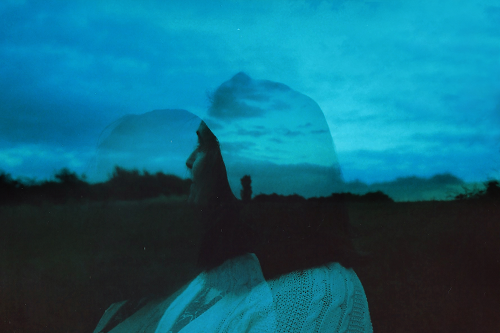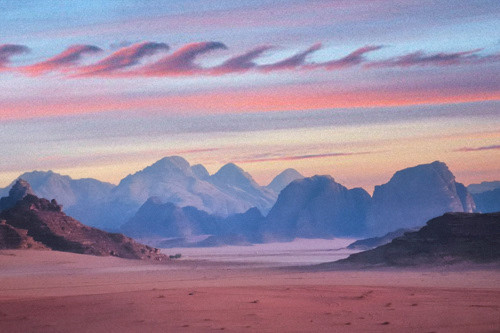1. I was very impressed with Beano's work at first glance because of the way she replicated her subjects multiple times within the photos, keeping the original picture of the subject as well as a blurrier or darker version/s of the same subject in the same moment.

2. I would categorize her work as natural travel photography, as most of the images she captures are focused on whimsical landscapes from the many places she has visited.

4. If someone were to remake Beano's work, I believe they would feel more freedom to explore the darker, gloomier aesthetics of nature, such as vines, decay, jagged mountains, sharp plants, etc, perhaps creating a beautifully morbid contrast between them and soft pink light, as she has done in the photo below.

5. I understand Beano's quote, as I also feel that I constantly have a lot going on in my head, so I do struggle to express all of my ideas and thoughts verbally or even written. I wouldn't say that I can always feel satisfied that they're expressed when I take photos, but I do have ideas for photos that would display my racing mind better than words could.

Comments
Post a Comment